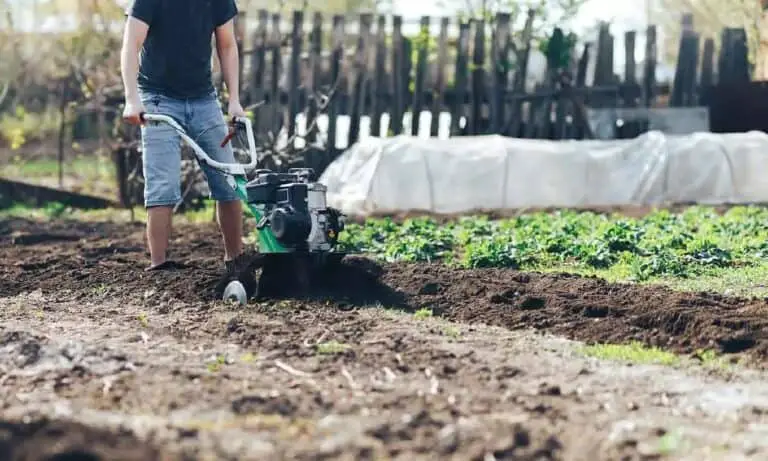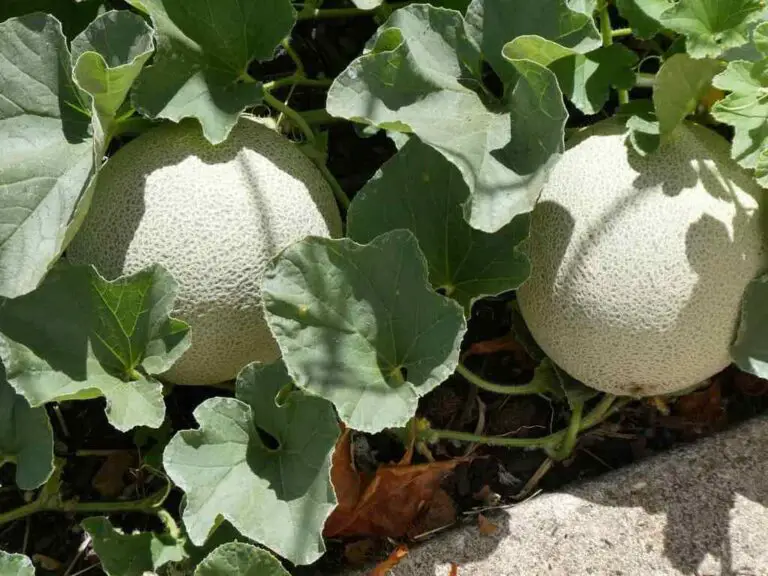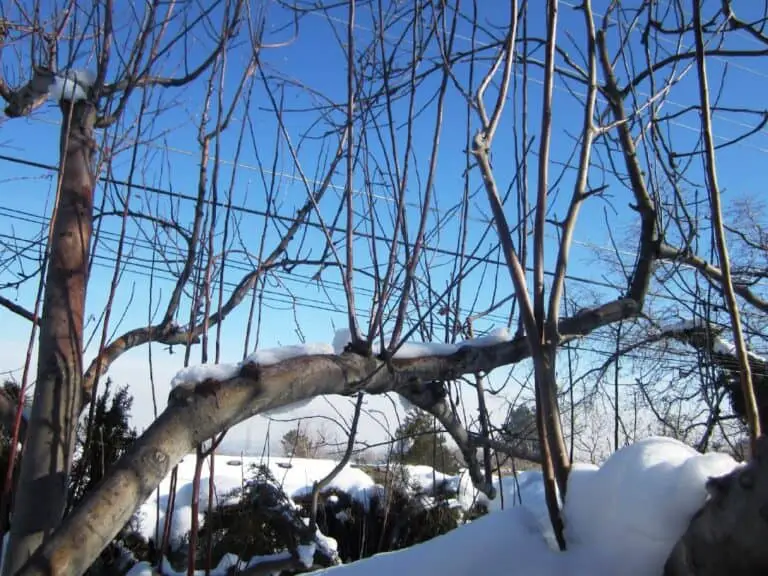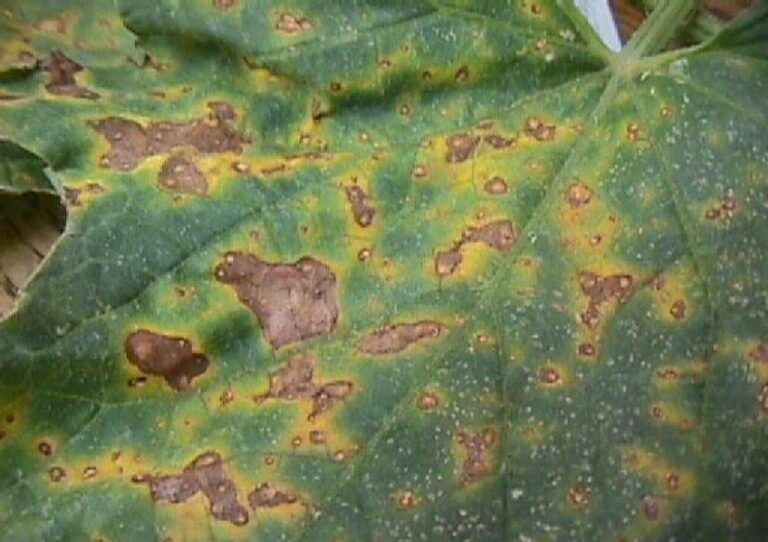When to Water after Applying Weed and Feed? Expert Tips for Watering Your Lawn

Weed and feed is a popular lawn care product used to control weeds while fertilizing the grass. It’s a convenient solution for homeowners who want to keep their lawns healthy and weed-free without having to apply multiple products.
However, one common question arises. When should you water after applying weed and feed? Is it right away or after a few days? And how much water should you use?
In this article, we’ll discuss the importance of watering after applying weed and feed, the best time to water, and other helpful tips to ensure your lawn stays healthy.
Importance of Watering After Applying Weed and Feed
If you want a lush, green lawn, then weed and feed is an excellent product for controlling weeds and fertilizing your lawn. However, one of the critical factors for getting the most out of weed and feed is watering your lawn after applying it.
Watering your lawn after applying weed and feed is crucial for several reasons.
- Watering helps activate the herbicide in the weed and feed product. Herbicides are chemicals that target weeds by interrupting weed growth or killing them outright. The herbicides in weed and feed products need to penetrate the weeds’ leaves and get absorbed into their system to be effective. Watering after application ensures that the herbicides reach the weeds, increasing their efficacy.
- Watering helps distribute the fertilizer evenly across your lawn. Fertilizers contain nutrients like nitrogen, phosphorus, and potassium that your grass needs to grow healthy and strong. These nutrients are released slowly over time, and watering helps to speed up the process, ensuring that your grass gets the nutrients it needs to thrive.
- Watering after applying weed and feed helps prevent the product from burning your grass. Weed and feed products contain herbicides that can be harsh on your grass if not used correctly. If the product remains on your grass for too long, it can cause it to dry out and turn brown. Watering after application dilutes the concentration of the product, reducing the risk of burning your lawn.
Always keep in mind that the amount of water you use when watering your lawn after applying weed and feed is critical. Too little water won’t activate the herbicides or distribute the fertilizer evenly, while too much water can cause the product to run off, reducing its effectiveness. The ideal amount of water to use is about 1 inch of water.
One easy way to measure the amount of water you’re using is to use a rain gauge. These simple devices can be placed on your lawn while you’re watering, and they’ll measure the amount of water you’re using. Alternatively, you can use a sprinkler with a timer, ensuring that you’re using the correct amount of water and not wasting any.
It’s also important to water your lawn at the right time of day. The best time to water your lawn is early in the morning, when the air is cool and there’s less wind. Watering during the heat of the day can cause the water to evaporate too quickly, reducing its effectiveness. Additionally, watering in the evening can leave your lawn damp overnight, increasing the risk of disease and fungal growth.
When Is the Best Time to Water After Applying Weed and Feed?
When it comes to applying weed and feed to your lawn, timing is everything. While it can be tempting to water your lawn immediately after application, knowing when the right time to water is to avoid damaging your grass and compromising the effectiveness of the weed and feed.
The recommended time to wait before watering the grass after applying weed and feed varies depending on the source. Some suggest waiting 24 hours, while others recommend waiting 48 hours. Lawn care experts at LawnSmith advise waiting two or three days before watering.
The reason for this wait time is to allow the herbicide in the weeds and feed to properly settle and adhere to the leaves of the weeds. Watering immediately after application can wash the herbicide away from the weeds and prevent it from doing its job. On the other hand, waiting too long to water can cause the herbicide to dry out and become less effective.
Take note that the wait time can also depend on the weather conditions. If it’s hot and dry outside, the herbicide may dry out more quickly, which can shorten the recommended wait time. Conversely, if it’s cool and damp, it may take longer for the herbicide to properly settle, and you may need to wait longer before watering.
When the time comes to water your lawn after applying weed and feed, do so properly. Use a gentle spray or sprinkle irrigation to avoid disturbing the herbicide and causing it to wash away. Avoid heavy watering that can cause runoff and wastewater.
Another important factor to consider is the type of grass you have. Some types of grass are more sensitive to herbicides than others, you need to read the label on the weed and feed product to determine if there are any special instructions or precautions for your specific grass type.
It’s important to note that you should not water your lawn before applying weed and feed. If you do, the product won’t stick to the leaves of the weeds and the grass, and it will be less effective. Wait until the grass is damp, and then apply the product and water it immediately after.
How Much Water Should You Use?
The amount of water you should use after applying weed and feed depends on the type of product you’re using and the condition of your lawn. In general, you should water your lawn with about 1 inch of water after applying weed and feed. This will help to distribute the product evenly and ensure that it’s activated.
You can use a sprinkler system or a hose with a nozzle attachment to water your lawn. If you’re using a sprinkler system, make sure that the water pressure is low, and the sprinkler heads are positioned correctly to avoid wasting water. If you’re using a hose, use a nozzle attachment to control the flow of water and avoid overwatering.
Best Practices for Watering After Applying Weed and Feed
When it comes to watering your lawn after using weed and feed, there are a few best practices to follow. Here are some tips:
- Water deeply: It’s best to water deeply to ensure the water reaches the roots. This will help the fertilizer and herbicides penetrate the soil and do their job.
- Water at the right time: The best time to water your lawn is in the morning, when the temperature is cooler. This will give the water and the weed and feed products time to soak into the soil before the sun gets too hot.
- Avoid overwatering: Overwatering can cause the weed and feed product to be washed away, which will reduce its effectiveness.
Common Mistakes to Avoid When Watering After Applying Weed and Feed
While watering after using weed and feed is essential, there are some common mistakes that people make. Here are a few to avoid:
- Watering too soon: You need to wait for the weed and feed product to settle into the soil before watering. Otherwise, you risk washing away the product.
- Watering too much: Overwatering can be just as harmful as underwatering. Make sure to follow the manufacturer’s instructions on how much water to use.
- Watering at the wrong time: Watering in the middle of the day when the temperature is high can cause the water to evaporate quickly, reducing its effectiveness.
How to Spread Weed and Feed
When it comes to spreading weed and feed, there are some crucial details you’ll want to keep in mind to achieve the best possible results. While these tips won’t replace the manufacturer’s instructions, most manufacturers will likely recommend some variation of these tips. So, let’s dive into the perplexing and bursty details!
- Firstly, make sure your lawn is at a normal height. Not too tall, not too short, but just right—approximately 3-5 inches is the sweet spot. Keep this in mind when planning the job.
- You’ll want to wait a few days after mowing before applying. Why, you ask? Well, it protects your grass and helps ensure that the weeds are actively growing. Plus, it allows some of the leaves on the weeds to grow that may have been cut during mowing. Talk about bursty growth!
- But don’t get too excited and water your lawn right away. You’ll want to wait a few days after your application before doing so. This is particularly important during a dry or hot spell.
- Now, be careful not to overdo it with the product. Applying too much can lead to scorching your lawn, and nobody wants that. Check the manufacturer’s guidelines and follow them carefully.
- Additionally, it’s essential to only apply weed & feed twice per year. Over-application can result in harmful run-off into nearby rivers, bays, or lakes/ponds, which is a bursty environmental issue. The feed portion of the chemical is particularly dangerous in these areas, as it can encourage algae blooms that choke out fish and native plants.
- To spread the herbicide uniformly across the lawn, consider using a broadcast spreaderand making two passes at half-application strength, rather than trying to spread at full strength in the first pass. This perplexing technique will ensure better results.
- Finally, avoid spreading granules onto flowers, vegetables, and ornamental shrubbery, as it will kill most broadleaf plants, regardless of whether you consider them weeds. If you must spread it near a garden, consider using a drop spreader or laying plastic temporarily over the area near where you will be spreading. That’s some bursty advice for keeping your greenery safe.
Tips for Maintaining a Healthy Lawn After Using Weed and Feed
Maintaining a healthy lawn is essential for a beautiful and vibrant outdoor space. After using weed and feed products, take extra care of your lawn to ensure it remains healthy and green. Here are some tips to help you maintain a healthy and improved lawn after using weed and feed:
1. Mow regularly
Mowing your lawn regularly is needed for maintaining a healthy lawn. It helps to keep your grass at the right height, which allows it to grow stronger and healthier. When you mow your lawn, make sure to keep the blades sharp, so you don’t damage the grass. Mowing at the right height is also crucial. For most types of grass, the ideal height is between 2.5 to 3.5 inches.
2. Water regularly
Watering your lawn regularly is crucial for ensuring that the fertilizer and herbicides from the weed and feed products penetrate the soil and do their job. However, it’s important to water your lawn correctly. Overwatering can cause problems like root rot and fungal diseases, while underwatering can cause your grass to dry out and die. As a general rule, most lawns need around 1 inch of water per week, either from rain or irrigation.
3. Avoid foot traffic
Walking on your lawn too much can damage the grass and prevent it from growing properly. Foot traffic can compress the soil and make it harder for water and nutrients to penetrate. If you need to walk on your lawn, try to do so only when necessary, and avoid walking on the same areas repeatedly.
4. Remove weeds by hand
Weed and feed products are designed to kill weeds, but sometimes, a few may still survive. To prevent them from spreading, it’s essential to pull weeds by hand as soon as you see them. Use a hand trowel or hoe to dig out the weed, making sure to remove the roots as well. This will help prevent the weed from growing back.
5. Aerate your lawn
Aerating your lawn is the process of creating small holes in the soil to allow air, water, and nutrients to penetrate. This helps to loosen compacted soil, reduce thatch buildup, and encourage root growth. Aerating your lawn can be done with a manual aerator or a power aerator. It’s best to do this in the fall or spring, when the grass is actively growing.
6. Fertilize regularly
Fertilizing your lawn regularly can help keep it healthy and green. Most lawns require fertilizer around three to four times a year. It’s important to use a fertilizer that’s designed for your type of grass and to follow the instructions on the label carefully. Over Fertilizing can damage your lawn, so it’s essential to use the right amount.
Conclusion
In conclusion, watering is an essential step after applying weed and feed to ensure that the product is activated and distributed evenly across your lawn. You should water your lawn immediately after applying weed and feed, using about 1 inch of water. Watering at the right time and with the correct amount of water will help to prevent patchy results and ensure that your lawn stays healthy.
Remember, always follow the manufacturer’s instructions for your specific weed and feed product. Each product may have different guidelines and recommendations, so it’s important to read and follow the instructions carefully.
By watering your lawn after applying weed and feed, you can help to ensure that your lawn stays healthy, green, and weed-free. With a little bit of care and attention, you can enjoy a beautiful and vibrant lawn that will make your home the envy of the neighborhood.





